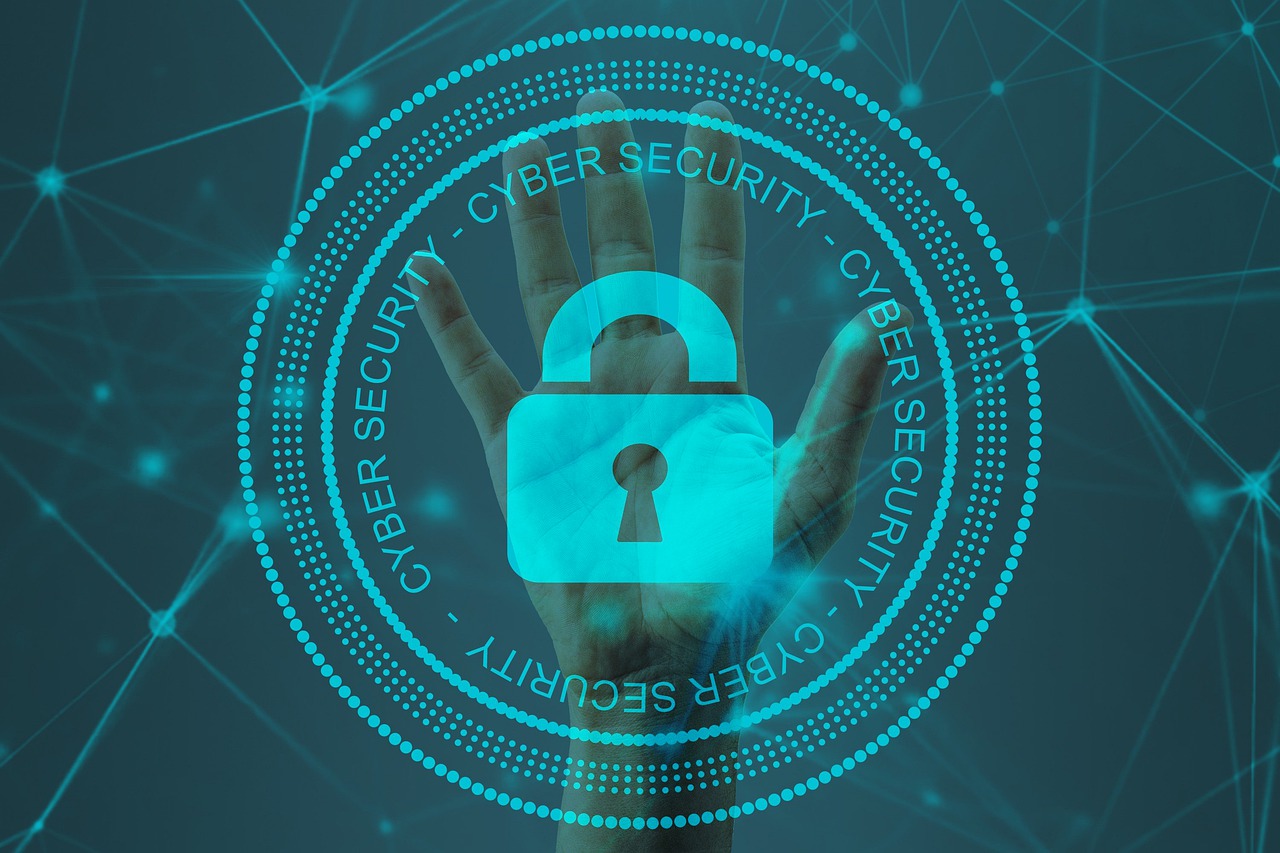Ransomware is one of the most prevalent cyberattacks worldwide. The recently released FBI and Internet Crime Complaint Center (IC3)’s report shows that in 2020, there were at least 2,474 ransomware complaints which is double the number of complaints recorded the previous years. Companies also lost over $29.1 million to ransomware.
Ransomware attacks are growing, and cybersecurity experts predict that the attacks can cost the global economy more than $6 trillion. This is because several companies opt to pay the ransom to retrieve their data. Protecting your data and organization from cybersecurity risks is vital to the growth of your business.
How Ransomware Occurs
Ransomware is a type of malware that cybercriminals use to hold a company’s or an individual’s data hostage until they pay some ransom to get access to it. Ransomware can occur through malicious ads, infected websites, malicious links in text messages or emails, and fake apps.
If your machine is infected, ransomware will encrypt your pictures, documents, videos, and other files. It can spread to other computers in your system and lock you out of it. Hackers demand companies to pay ransoms in hard to trace modes of payment such as Bitcoin or risk losing their data.
How to Protect Your Data
There are several types of ransomware that you should protect your data against. The threats are active and dangerous and can cost you your business. Here is what you should do to protect against ransomware.
- Install an Antivirus Firewall
Maintaining up-to-date antivirus software is crucial. Several firewalls are available in the market. Though none of them will guarantee you 100% protection, it is vital to install one. Choose a firewall that can match your network use and budget.
It would help if you also remembered to scan any software you download from the internet before executing and encouraging your employees to do the same.
- Have an Active and Reliable Backup and Recovery System
Knowing that your data is safely backed up on another server where a hacker cannot touch will help you rest easy. Therefore, you should develop a culture of backing up all your data every day. Your backup system or services provider should also be very safe and reliable.
Hackers try to infiltrate backup systems through desktops. To keep your data safe, you should backup it into the cloud or an offline storage device that is not connected to your system. You can also consider using professional IT backup service providers.
Your backup is only reliable if you can recover all your data. Invest in a good system that will not only keep your data safe from hackers but will ensure that you recover your company’s data.
- Cybersecurity Awareness Training
Human error is a leading cause of cyberattacks. Your staff should know the latest cybersecurity risks, how to identify them, and what to do if they suspect an attack. Hackers largely rely on the human element to access a company’s data.
Investing in cybersecurity awareness training will make your employees more vigilant, reducing risks such as phishing emails and malicious links. During training, employees should be discouraged from clicking on suspicious ads or links and encouraged to screen every email they get.
- Have a Disaster Recovery Plan (DRP)
A DRP will help you know what to do in case of an emergency. Work together with your IT team or IT services provider to know the right steps to take when hacked to save you from losing millions.
Some steps that you can include for a ransomware attack include:
- Shutting down your network to prevent the infection from spreading
- Shutting down Bluetooth and the company’s Wi-Fi immediately
- Alerting your local authorities and the FBI
- Knowing if you should pay the ransom or delete the infected files and restore them from your backup
Your employees should know the company’s ransomware attack DRP and take quick actions to stop the infection.
- Apply Security Patches to All Applications
Hackers try to take advantage of weaknesses within your third-party apps and plug-ins. To prevent them from getting to your machines, patch and update all your applications, including Adobe, Java, Flash, and more.
This will help reduce the number of vulnerabilities available to a hacker. Stay vigilant and watch out for anything that can compromise your security patches.
- Whitelist Computer Applications
Blacklisting will help prevent specific software installation, and whitelisting will allow you to visit some websites and programs and block you from visiting other websites or installing everything else.
Scall all your machines to identify legitimate apps, then design it to block the installation of additional apps. Whitelist the websites you deem safe and appropriate for your company. You can also install a script-blocker and ad-blocker to prevent ads and java, and flash applications.
Final Word
Your company’s data is vital to the growth and continuity of your company. Taking the right cybersecurity measure to prevent attacks such as ransomware is crucial. Once you are attacked, it may be too late to protect your data. Though you can pay a ransom and recover your data, it may take your company too long to recover from the loss.
